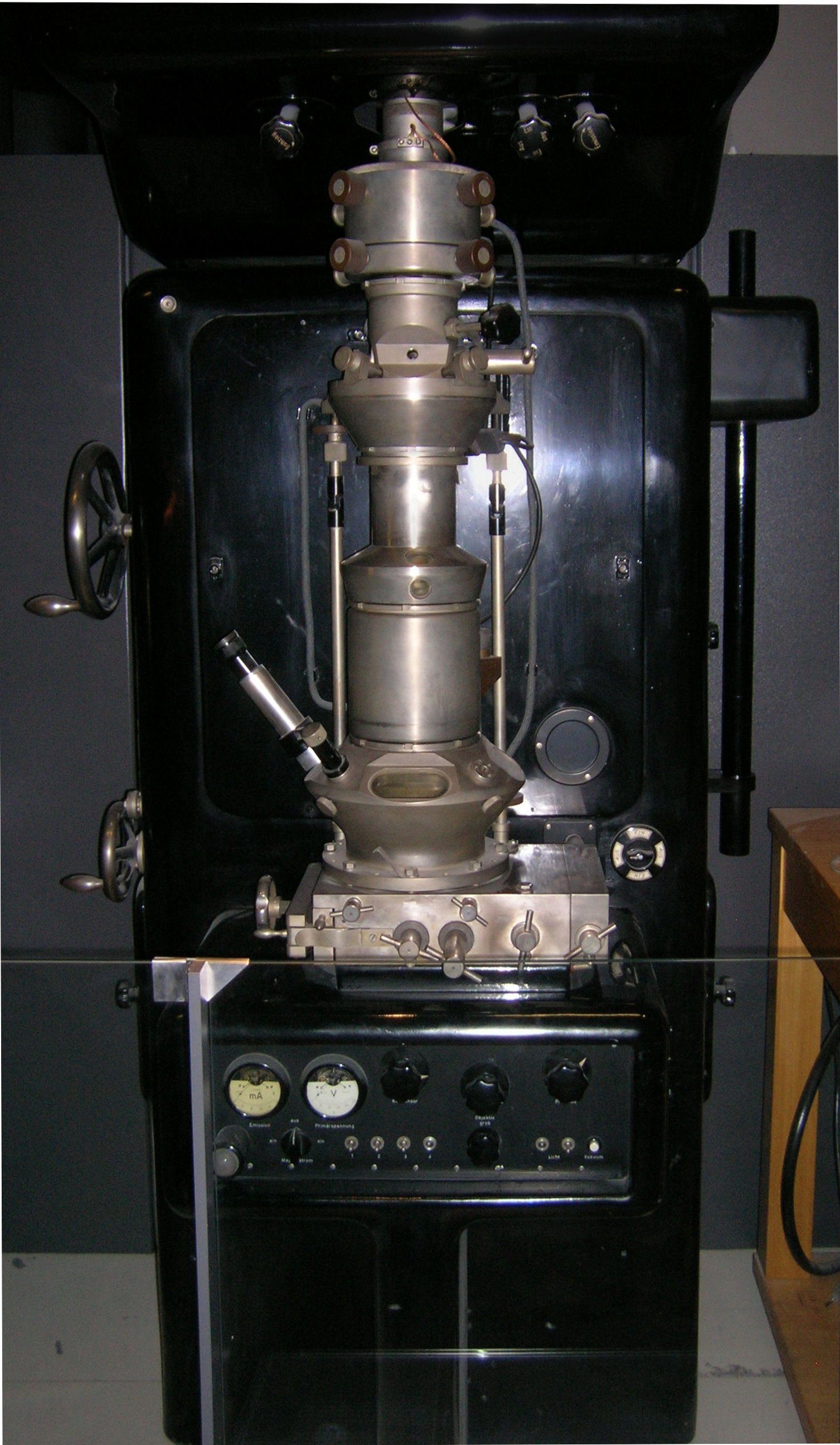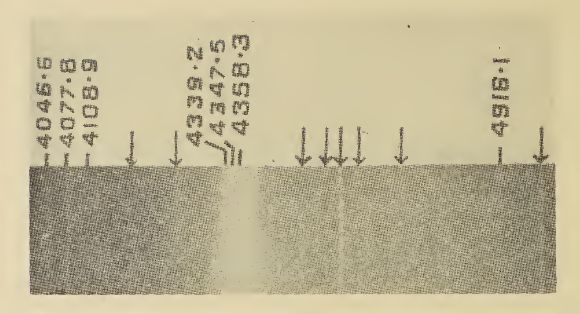|
Two-dimensional Polymer
A two-dimensional polymer (2DP) is a sheet-like monomolecular macromolecule consisting of laterally connected repeat units with end groups along all edges. This recent definition of 2DP is based on Hermann Staudinger's polymer concept from the 1920s. According to this, covalent long chain molecules ("Makromoleküle") do exist and are composed of a sequence of linearly connected repeat units and end groups at both termini. Moving from one dimension to two offers access to surface morphologies such as increased surface area, porous membranes, and possibly in-plane pi orbital-conjugation for enhanced electronic properties. They are distinct from other families of polymers because 2D polymers can be isolated as multilayer crystals or as individual sheets. The term 2D polymer has also been used more broadly to include linear polymerizations performed at interfaces, layered non-covalent assemblies, or to irregularly cross-linked polymers confined to surfaces or layered films. 2D polyme ... [...More Info...] [...Related Items...] OR: [Wikipedia] [Google] [Baidu] |
Transmission Electron Microscopy
Transmission electron microscopy (TEM) is a microscopy technique in which a beam of electrons is transmitted through a specimen to form an image. The specimen is most often an ultrathin section less than 100 nm thick or a suspension on a grid. An image is formed from the interaction of the electrons with the sample as the beam is transmitted through the specimen. The image is then magnified and focused onto an imaging device, such as a fluorescent screen, a layer of photographic film, or a detector such as a scintillator attached to a charge-coupled device or a direct electron detector. Transmission electron microscopes are capable of imaging at a significantly higher resolution than light microscopes, owing to the smaller de Broglie wavelength of electrons. This enables the instrument to capture fine detail—even as small as a single column of atoms, which is thousands of times smaller than a resolvable object seen in a light microscope. Transmission electron micr ... [...More Info...] [...Related Items...] OR: [Wikipedia] [Google] [Baidu] |
Lamellar
A lamella (: lamellae) is a small plate or flake, from the Latin, and may also refer to collections of fine sheets of material held adjacent to one another in a gill-shaped structure, often with fluid in between though sometimes simply a set of "welded" plates. The term is used in biological contexts for thin membranes of plates of tissue. In the context of materials science, the microscopic structures in bone and nacre are called lamellae. Moreover, the term lamella is often used to describe crystal structure of some materials. Uses of the term In surface chemistry (especially mineralogy and materials science), lamellar structures are fine layers, alternating between different materials. They can be produced by chemical effects (as in eutectic solidification), biological means, or a deliberate process of lamination, such as pattern welding. Lamellae can also describe the layers of atoms in the crystal lattices of materials such as metals. In surface anatomy, a lamella is a t ... [...More Info...] [...Related Items...] OR: [Wikipedia] [Google] [Baidu] |
Anthracene
Anthracene is a solid polycyclic aromatic hydrocarbon (PAH) of formula C14H10, consisting of three fused benzene rings. It is a component of coal tar. Anthracene is used in the production of the red dye alizarin and other dyes, as a scintillator to detect high energy particles, as production of pharmaceutical drugs. Anthracene is colorless but exhibits a blue (400–500 nm peak) fluorescence under ultraviolet radiation. History and etymology Crude anthracene (with a melting point of only 180°) was discovered in 1832 by Jean-Baptiste Dumas and Auguste Laurent who crystalized it from a fraction of coal tar later known as "anthracene oil". Since their (inaccurate) measurements showed the proportions of carbon and hydrogen of it to be the same as in naphthalene, Laurent called it ''paranaphtaline'' in his 1835 publication of the discovery, which is translated to English as paranaphthalene. Two years later, however, he decided to rename the compound to its modern name d ... [...More Info...] [...Related Items...] OR: [Wikipedia] [Google] [Baidu] |
Raman Spectroscopy
Raman spectroscopy () (named after physicist C. V. Raman) is a Spectroscopy, spectroscopic technique typically used to determine vibrational modes of molecules, although rotational and other low-frequency modes of systems may also be observed. Raman spectroscopy is commonly used in chemistry to provide a structural fingerprint by which molecules can be identified. Raman spectroscopy relies upon inelastic scattering of photons, known as Raman scattering. A source of monochromatic light, usually from a laser in the visible spectrum, visible, near infrared, or ultraviolet, near ultraviolet range is used, although X-ray Raman scattering, X-rays can also be used. The laser light interacts with molecular vibrations, phonons or other excitations in the system, resulting in the energy of the laser photons being shifted up or down. The shift in energy gives information about the vibrational modes in the system. Time-resolved spectroscopy and infrared spectroscopy typically yields similar y ... [...More Info...] [...Related Items...] OR: [Wikipedia] [Google] [Baidu] |
Electron Diffraction
Electron diffraction is a generic term for phenomena associated with changes in the direction of electron beams due to elastic interactions with atoms. It occurs due to elastic scattering, when there is no change in the energy of the electrons. The negatively charged electrons are scattered due to Coulomb forces when they interact with both the positively charged atomic core and the negatively charged electrons around the atoms. The resulting map of the directions of the electrons far from the sample is called a diffraction pattern, see for instance Figure 1. Beyond patterns showing the directions of electrons, electron diffraction also plays a major role in the contrast of images in electron microscopes. This article provides an overview of electron diffraction and electron diffraction patterns, collective referred to by the generic name electron diffraction. This includes aspects of how in a general way electrons can act as waves, and diffract and interact with matter. It a ... [...More Info...] [...Related Items...] OR: [Wikipedia] [Google] [Baidu] |
Electron Microscope
An electron microscope is a microscope that uses a beam of electrons as a source of illumination. It uses electron optics that are analogous to the glass lenses of an optical light microscope to control the electron beam, for instance focusing it to produce magnified images or electron diffraction patterns. As the wavelength of an electron can be up to 100,000 times smaller than that of visible light, electron microscopes have a much higher Angular resolution, resolution of about 0.1 nm, which compares to about 200 nm for optical microscope, light microscopes. ''Electron microscope'' may refer to: * Transmission electron microscopy, Transmission electron microscope (TEM) where swift electrons go through a thin sample * Scanning transmission electron microscopy, Scanning transmission electron microscope (STEM) which is similar to TEM with a scanned electron probe * Scanning electron microscope (SEM) which is similar to STEM, but with thick samples * Electron microprobe sim ... [...More Info...] [...Related Items...] OR: [Wikipedia] [Google] [Baidu] |
Supra AM 2**** , a former soccer team in Montreal, Canada
{{disambig ...
Supra may refer to: *Supra (feast), an important part of Georgian social culture *Toyota Supra, a sports car/grand tourer produced from 1978 to 2002, and then since 2019 *Supra (footwear brand) *Sydney University Postgraduate Representative Association *Supra Corporation, best known as a manufacturer of computer modems *Supra (grammar), Latin for "above" *Toronto Supra, a former soccer team in Toronto, Canada *Montreal Supra Montreal Supra was a Soccer in Canada, Canadian professional Association football, soccer club based in Montreal, Montreal, Quebec that played in the Canadian Soccer League (1987–1992), Canadian Soccer League from 1988 to 1992. History Montre ... [...More Info...] [...Related Items...] OR: [Wikipedia] [Google] [Baidu] |
Supramolecular Assembly
Supramolecular chemistry refers to the branch of chemistry concerning chemical systems composed of a discrete number of molecules. The strength of the forces responsible for spatial organization of the system range from weak intermolecular forces, electrostatic charge, or hydrogen bonding to strong covalent bonding, provided that the electronic coupling strength remains small relative to the energy parameters of the component. While traditional chemistry concentrates on the covalent bond, supramolecular chemistry examines the weaker and reversible non-covalent interactions between molecules. These forces include hydrogen bonding, metal coordination, hydrophobic forces, van der Waals forces, pi–pi interactions and electrostatic effects. Important concepts advanced by supramolecular chemistry include molecular self-assembly, molecular folding, molecular recognition, host–guest chemistry, mechanically-interlocked molecular architectures, and dynamic covalent chemistry. The ... [...More Info...] [...Related Items...] OR: [Wikipedia] [Google] [Baidu] |
MOF2
MOF may refer to: Science and technology * Metal–organic framework, a chemical compound formed of metal ions and organic chemical components * Multiple organ failure or multiple organ dysfunction syndrome, a medical condition Computing * Managed Object Format, a textual representation of the Distributed Management Task Force Common Information Model * Meta-Object Facility, a meta-model used to formally define Unified Modeling Language * Microsoft Operations Framework, a set of operational guidelines based on ITIL Other uses * ''Meilleur Ouvrier de France'' ("Best Worker of France"), a French competition for artisanal mastery * ''Mountain of Faith'', the tenth game in the Touhou series of shoot 'em up games * Monsters of Folk, an American folk group * ''Mof'', a Dutch slur in the list of terms used for Germans * Frans Xavier Seda Airport (IATA airport code: MOF), on the island of Flores, Indonesia * Museum of Flight The Museum of Flight is a private Nonprofit organizatio ... [...More Info...] [...Related Items...] OR: [Wikipedia] [Google] [Baidu] |






